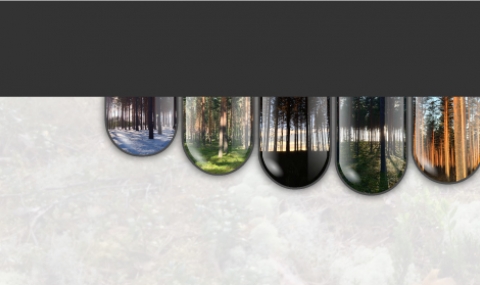Home
Our studies proceed along two major lines: (I) Structural, functional and ontogenic aspects of photosynthesis and engineering of drought-resistant nutritious plants and (II) The relationship between individuals, communities, environment and time.
Our green line: Photosynthesis, drought & hunger
The ability of photosynthetic organisms to efficiently utilize a capricious energy source such as ambient light under ever changing environmental conditions is remarkable. To a large extent, this ability stems from the complex structure of the photosynthetic machinery. We conduct studies to unravel the formation, structure and function of this machinery, as well its ability to adapt to various conditions, in different organisms ranging from photosynthetic bacteria to higher plants. As a special case of adaption, we study the ability of certain plants, called resurrection plants, to withstand an almost complete loss (~95%) of water, with the ultimate goal to utilise the insights gained to engineer drought-resistant crops. In a complementary agriculturally-oriented project, we utilise CRISPER/Cas9 technology to remove toxins from nutritious drought-tolerant plants, with the hope of providing safe food to drought ridden regions in Africa and Southern Asia .
Individuals, communities, environment and time
If all processes in an isogenic population were purely deterministic, all individuals would be the same and the characteristics of the community would be the sum or average of all of its constituents. Stochastic processes give rise to individuality and to complex behaviours of the community within even the simplest microbial populations. Within the huge realm of questions that this raises, we study (I) How the dynamics of the environment affects the variability of a community that inhabits it, (II) If survivability under extreme dynamics is predetermined or stochastic and is it a feature of individuals or the community (III) The dynamics of phenotype-space to genotype-space mapping and (IV) Whether individuals, or communities as a whole, can be made to "learn" to perform novel tasks by providing them with synthetic feedback mechanisms.


